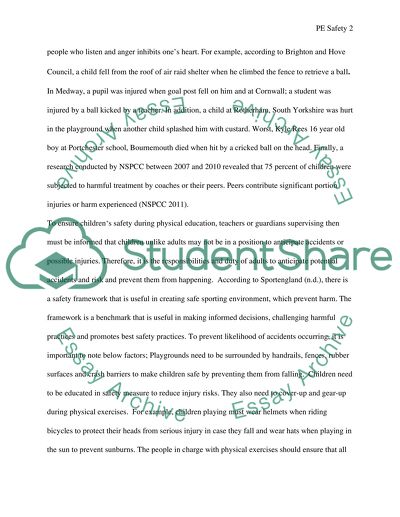Cite this document
(“Child Protection in School Essay Example | Topics and Well Written Essays - 1750 words”, n.d.)
Retrieved from https://studentshare.org/education/1445637-child-protection-in-school-pe-today
Retrieved from https://studentshare.org/education/1445637-child-protection-in-school-pe-today
(Child Protection in School Essay Example | Topics and Well Written Essays - 1750 Words)
https://studentshare.org/education/1445637-child-protection-in-school-pe-today.
https://studentshare.org/education/1445637-child-protection-in-school-pe-today.
“Child Protection in School Essay Example | Topics and Well Written Essays - 1750 Words”, n.d. https://studentshare.org/education/1445637-child-protection-in-school-pe-today.


